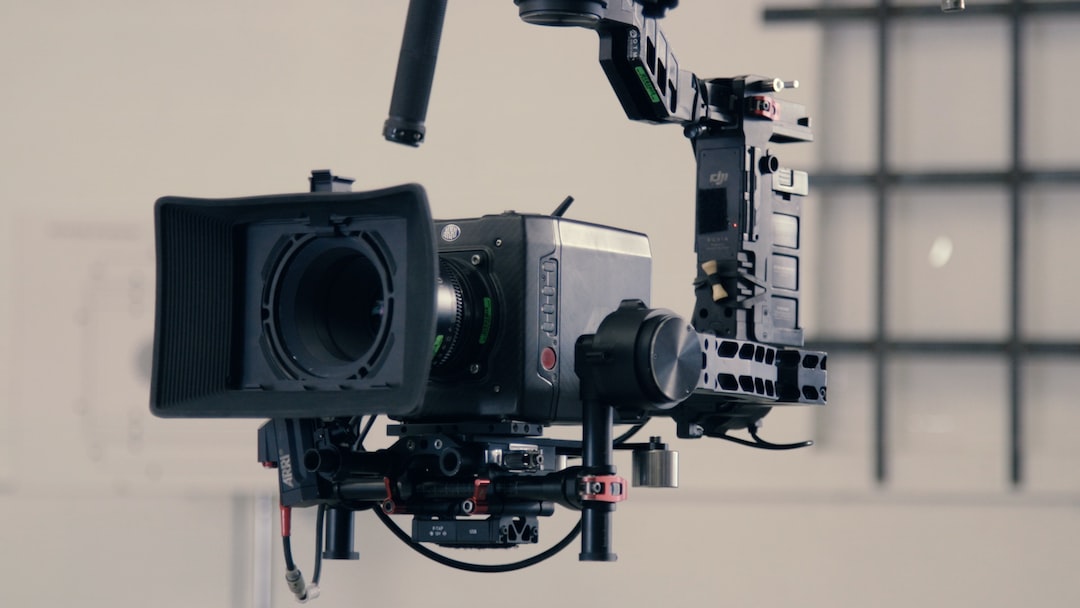The Effects of Virtual Reality on Media Consumption and Engagement
Virtual Reality (VR) has revolutionized the way we experience media, blurring the lines between the physical and digital worlds. With VR technology becoming increasingly accessible, its impact on media consumption and engagement cannot be overlooked. From gaming to social media, VR is more than just a passing trend; it promises to redefine how we interact with and consume media in the future.
One of the most significant effects of VR on media consumption is its ability to provide an immersive experience. Unlike traditional media, such as television or movies, VR transports users into a completely virtual environment. This immersive nature of VR encourages users to engage more actively with the content, resulting in a heightened sense of presence and emotional connection. For instance, in a VR gaming experience, players feel as if they are part of the action, exploring new worlds and facing challenges as if they were physically present. This increased engagement holds immense potential for media creators to craft captivating narratives and storytelling experiences that leave a lasting impact on users.
Moreover, VR has the power to enhance user engagement by creating a sense of empathy and understanding. Through VR simulations, users can step into someone else’s shoes and experience the world from a different perspective. For instance, documentary filmmakers can capture real-life situations and enable viewers to immerse themselves in the stories of individuals facing adversity or exploring different cultures. This immersive empathy promotes a deeper understanding of various societal issues and fosters compassion, ultimately leading to more informed and empathetic audiences.
Additionally, VR has the potential to transform social media by making interactions more personalized and realistic. Social VR platforms recreate shared spaces, allowing users to meet and interact with each other in virtual environments. By doing so, VR bridges the geographical gap, enabling people to connect and engage with others from around the world. From attending virtual concerts to exploring museums together, social VR applications offer a unique sense of presence and co-presence, creating a more authentic and engaging social media experience.
Furthermore, VR has the ability to revolutionize the way we consume news and information. Traditional media outlets can leverage VR to provide more immersive and interactive news experiences. Instead of reading or watching news reports, users could virtually visit the news locations, witness events firsthand, and engage with the environment in a way that feels remarkably real. This transformative approach to news consumption can enhance comprehension and retention, ultimately fostering a more engaged and informed citizenry.
Despite its enormous potential, VR still faces certain challenges in widespread media consumption. The cost of VR technology, as well as the need for powerful hardware, can limit accessibility for many users. Additionally, concerns regarding motion sickness and the potential negative effects of prolonged VR usage need to be addressed to ensure a safe and enjoyable experience for all users.
In conclusion, Virtual Reality has the potential to revolutionize media consumption and engagement. By providing an immersive experience, fostering empathy, enhancing social interactions, and transforming the news experience, VR is reshaping the way we interact with media. As the technology becomes more accessible and content creators continue to push boundaries, the impact of VR on media consumption and engagement will undoubtedly shape the future of the industry. Whether it’s gaming, storytelling, social media, or news consumption, VR offers a promising and exciting future for media enthusiasts worldwide.

